What Does the Coolant Light Indicate?
The coolant light is an important indicator on your vehicle’s dashboard. It often signals a potential cooling system issue. Ignoring it can lead to engine damage or breakdowns. Understanding the coolant light helps you address problems swiftly and effectively.
Purpose of the Coolant Warning Light
The coolant warning light is designed to monitor the car’s cooling system. It alerts you when the system isn’t working properly. This can prevent engine overheating, which may cause significant damage. The light typically glows red or yellow, depending on its severity. A red light usually signals overheating or critically low coolant levels. A yellow or amber light often suggests less urgent issues but still requires attention.
Common Reasons for the Coolant Light Activation
There are several reasons why the coolant light may turn on:
- Low Coolant Levels: Lack of coolant in the reservoir is a frequent cause. This can result from evaporation, leaks, or lack of regular maintenance.
- Coolant Leaks: Hoses, radiators, or water pumps might leak, causing the system to lose coolant.
- Overheating: The engine generates heat, and overheating occurs when the cooling system fails.
- Faulty Thermostat: A malfunctioning thermostat can prevent proper coolant circulation.
- Sensor or Electrical Issues: The sensor monitoring the coolant level or temperature could be damaged or sending false signals.
- Freezing Coolant: In extremely cold weather, coolant may freeze if it lacks sufficient antifreeze.
Recognizing these issues promptly allows you to take corrective action. If the coolant light comes on, pull over safely and inspect the problem. Addressing it early saves your vehicle from serious engine damage.
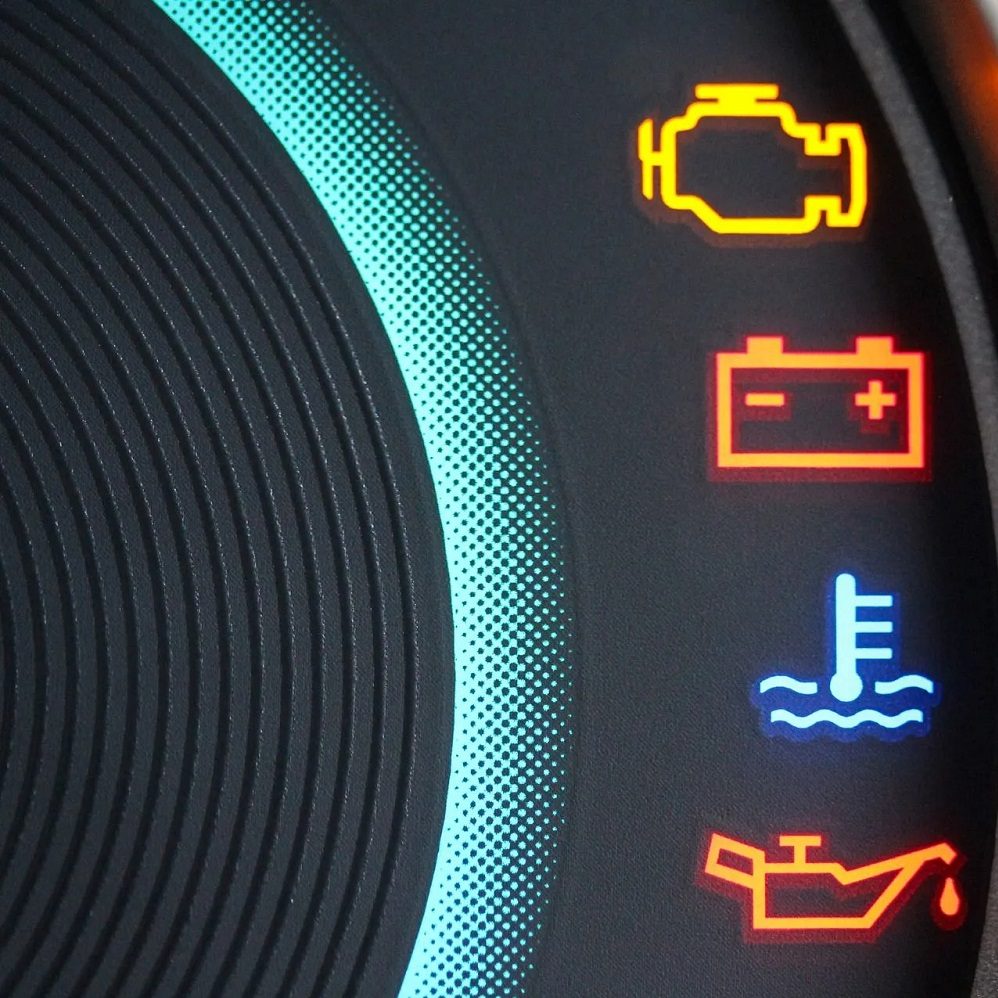
Immediate Steps to Take When the Coolant Light Comes On
When your coolant light comes on, it is essential to act quickly and carefully. This light indicates a problem within your cooling system that needs immediate attention. Ignoring it can lead to engine damage or other costly repairs.
Checking the Coolant Levels
- Turn off the Engine: Immediately stop driving and switch off the engine to prevent overheating.
- Let the Engine Cool: Wait at least 30 minutes to allow the engine to cool down entirely. Opening the hood while the engine is hot can cause burns.
- Locate the Coolant Reservoir: Open the hood and find the transparent coolant reservoir. It is usually labeled for easy identification.
- Check the Levels: Look at the markings on the reservoir. Ensure the coolant level is between the minimum and maximum lines. If the level is low, it may indicate a leak or evaporation.
- Top Up if Necessary: If the level is below the minimum, add the recommended coolant. Follow instructions in your car’s manual for the right type.
Safe Driving Practices Until the Problem is Solved
- Drive with Caution: If you must continue driving, do so only for short distances and at low speeds to reduce the stress on the engine.
- Turn Off Air Conditioning: Switching off the air conditioning can reduce engine strain and lower the risk of overheating.
- Monitor the Temperature Gauge: Pay attention to the car’s temperature gauge. Stop immediately if the engine temperature rises.
- Avoid High-Speed Driving: Don’t push the engine by driving fast or uphill. Keep the load on the engine minimal.
- Head to a Mechanic: Drive to the nearest mechanic if you are unsure how to fix the issue. Professional help can prevent further damage.
Handling the coolant light properly ensures your car stays safe and operational. Acting quickly minimizes engine risks and prevents costly repairs.
Causes Behind a Coolant Light Activation
Understanding what triggers the coolant light can help you address issues effectively. Below are common causes:
Low Coolant Levels
Low coolant levels often cause the coolant light to activate. This issue may arise due to:
- Evaporation: Over time, some coolant can evaporate, reducing the overall level in the reservoir.
- Ineffective Maintenance: Skipping regular coolant checks or refills may lead to low levels.
Low coolant levels can prevent your cooling system from working efficiently. This increases the risk of overheating, which can damage the engine.
Leaks in the Cooling System
Leaks in the cooling system are another common cause. These leaks can occur in:
- Hoses: Cracked or worn-out hoses may leak fluid.
- Radiator: Damage or rust in the radiator can cause leaks.
- Water Pump: A faulty water pump may drip or leak coolant.
Leaks lead to a gradual decline in the coolant level. If left unchecked, this can cause overheating or engine failure. Use proper maintenance techniques to identify leaks early.
Faulty Sensors or Electrical Issues
Sensors monitor coolant levels and temperatures. If they malfunction, the system may send wrong signals. Potential problems include:
- Faulty Coolant Sensors: A damaged sensor may falsely trigger the coolant light.
- Wiring Issues: Electrical faults can disrupt the communication between the sensor and the dashboard.
It’s essential to ensure sensors and electrical connections are in good condition. Repairing these quickly prevents unnecessary risks.
Spotting and addressing these issues promptly keeps your engine safe and extends your car’s lifespan.
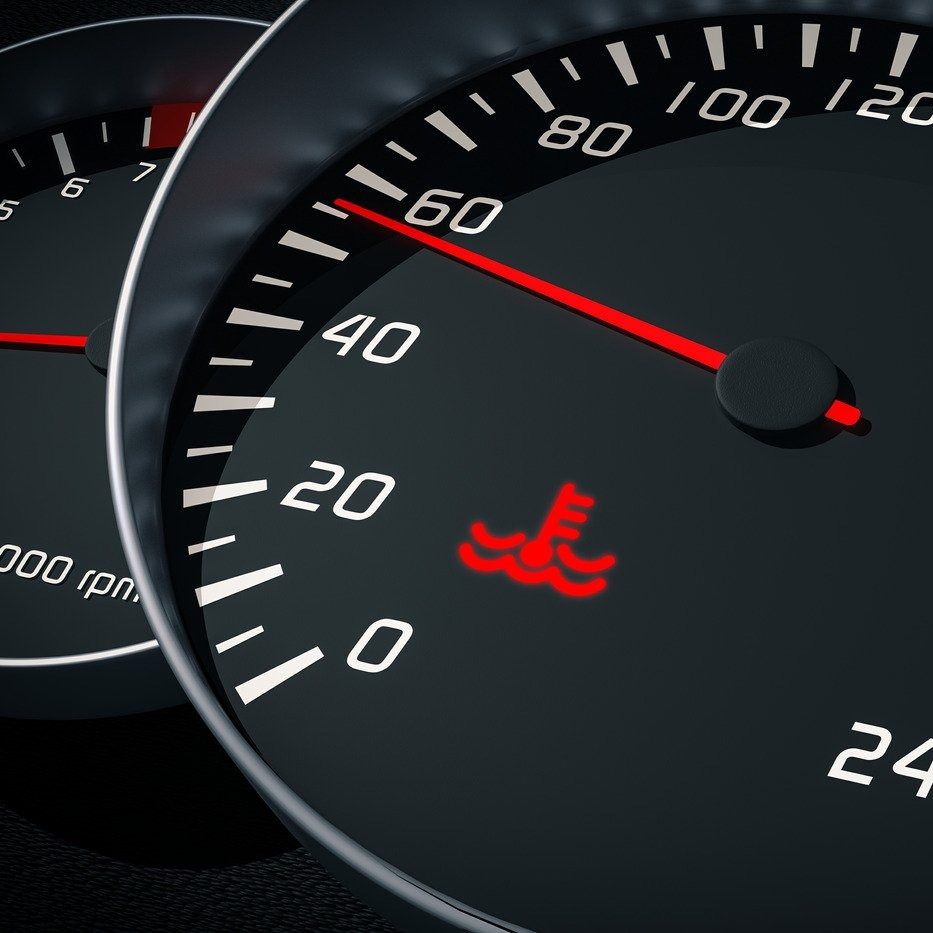
How to Inspect and Refill Coolant
Proper coolant inspection and refill can prevent significant engine problems. Knowing how to handle this ensures your vehicle stays in optimal condition. Follow these steps carefully to maintain proper coolant levels.
Locating the Coolant Reservoir
- Open the Hood: Lift the hood after ensuring the engine is cool.
- Find the Reservoir: Look for the transparent plastic tank near the engine. It is typically labeled “coolant.”
- Check the Markings: Locate the minimum and maximum level indicators on the side of the reservoir.
- Verify Visibility: Coolant should be visible between these marks. Low levels may signal a problem.
Knowing where the coolant reservoir is simplifies regular checks. Always inspect it during routine maintenance.
Choosing the Right Type of Coolant
- Consult the Manual: Check your car’s manual for the recommended coolant type.
- Avoid Water Only: Never use plain water, as it lacks necessary antifreeze properties.
- Select Proper Mix: Use a coolant with a 50-50 mix of antifreeze and water for most conditions.
- Stick to One Type: Mixing different types can reduce effectiveness and harm your cooling system.
Using the wrong coolant can damage your engine. Always follow manufacturer guidelines for best results.
Step-by-Step Coolant Refill Process
- Park on a Flat Surface: Ensure stability before starting work.
- Check Coolant Temperature: Wait until the engine is completely cool to avoid burns.
- Open the Cap Carefully: Twist the reservoir cap slowly to release pressure. Use a glove if needed.
- Add Coolant: Pour in the recommended coolant up to the maximum mark.
- Seal the Cap: Tighten the cap securely after refilling to prevent leaks.
- Start the Engine: Let the engine run for a few minutes to circulate the coolant.
- Recheck Levels: After the engine cools down again, double-check the coolant level and refill if needed.
Regularly inspecting and refilling your coolant can prevent overheating and costly repairs. Make sure to use the right tools and follow safety measures during the process.
Preventative Maintenance to Avoid Coolant Issues
Preventative maintenance is essential to ensure your cooling system remains efficient and functional.
Regular Coolant Level Checks
- Check Levels Often: Inspect the coolant reservoir weekly or during routine service checks.
- Use Proper Markings: Ensure the coolant falls between the “min” and “max” lines on the reservoir.
- Add Coolant if Needed: Refill the reservoir if levels are low, following the car manual’s instructions.
- Monitor for Changes: Fluctuations in levels might indicate leaks or evaporation, requiring immediate attention.
Regular checks can prevent overheating and expensive engine damage. Early steps save bigger issues.
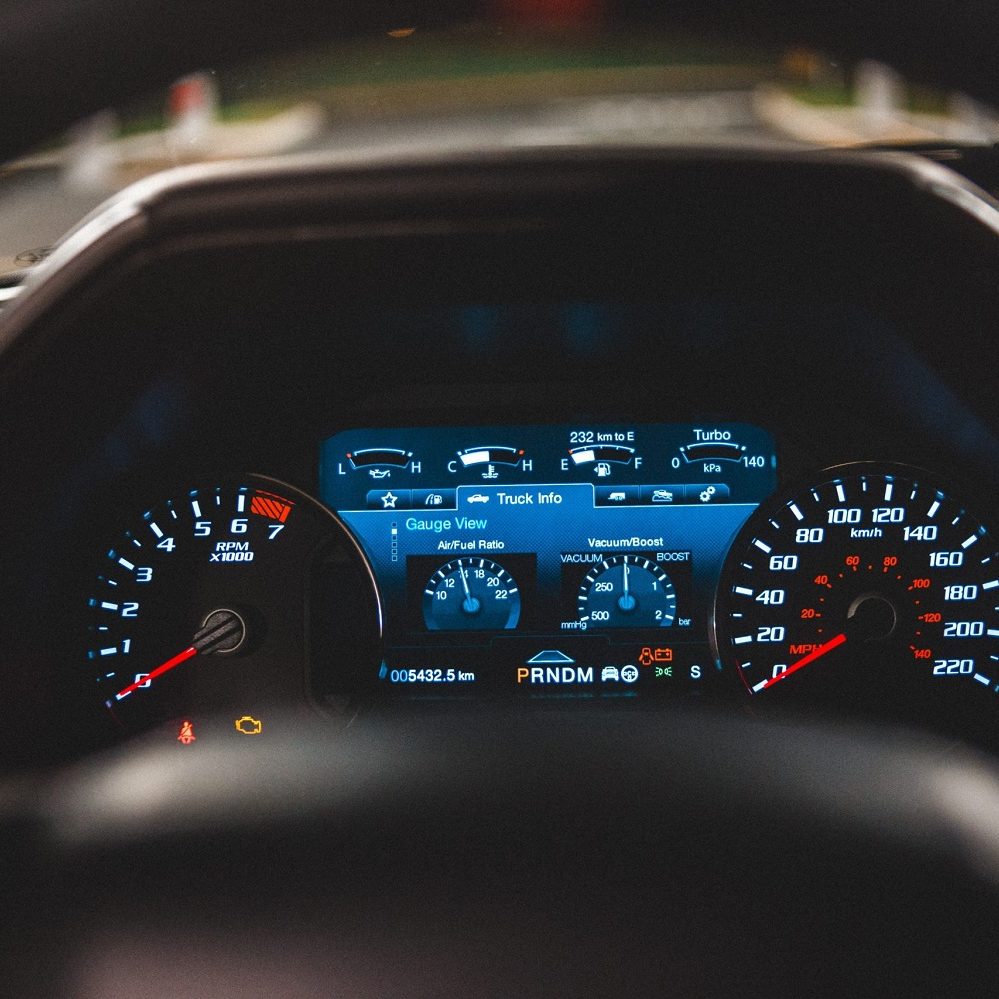
Cooling System Inspections
- Inspect for Leaks: Look for wet spots or puddles under the car after parking.
- Check Hoses and Connections: Search for cracks, tears, or loose clamps that could cause leaks.
- Observe the Radiator: Check the radiator for signs of corrosion or damage.
- Monitor Coolant Color: Contaminated coolant may appear rusty or cloudy and needs replacement.
Routine inspections improve cooling system efficiency and help to identify issues early.
When to Schedule Professional Maintenance
- Follow Manufacturer Guidelines: Refer to the car manual for suggested service intervals.
- Seasonal Maintenance: Perform coolant checks before extreme weather seasons, like summer or winter.
- Don’t Ignore Signs: Visit a mechanic if you see warning lights or unusual temperature rises.
- Routine Flushing: Replace or flush old coolant as per the recommended interval (usually every 2-5 years).
Regular maintenance keeps the engine running smoothly and extends the lifespan of your vehicle. Preventative care is the key to long-lasting engine health.
Warning Signs of Serious Engine Problems
Being aware of severe engine problem signs can save your engine from irreparable damage. Ignoring these signs may lead to expensive repairs or complete engine failure. Here are key warning signs:
Overheating Engine Symptoms
An overheating engine is a critical issue that requires prompt attention. Look out for:
- Rising Temperature Gauge: If your temperature gauge climbs to the red zone, your engine is overheating.
- Steam from the Hood: Steam coming out of the engine bay signals the engine is too hot.
- Burning Smell: A smell of burning rubber or oil could indicate high engine temperature.
- Coolant Light Activation: The coolant light often turns on when the engine overheats.
If you notice these symptoms, stop the vehicle immediately. Driving further can increase damage to your engine.
Consequences of Ignoring the Coolant Light
Ignoring the coolant light can have severe repercussions for your vehicle. Potential outcomes include:
- Warped Engine Components: Overheating can cause metal parts to warp, resulting in less efficiency.
- Cracked Engine Block: High temperatures may cause the engine block to crack, requiring costly replacements.
- Blown Head Gasket: Overheating can lead to a blown head gasket, allowing fluids to mix inappropriately.
- Complete Engine Failure: Failure to address the coolant light might lead to total engine breakdown.
Addressing the coolant light is essential for preventing these problems. Pay attention to any changes in your vehicle’s behavior. Proactive measures can save you time, stress, and money in the long run.
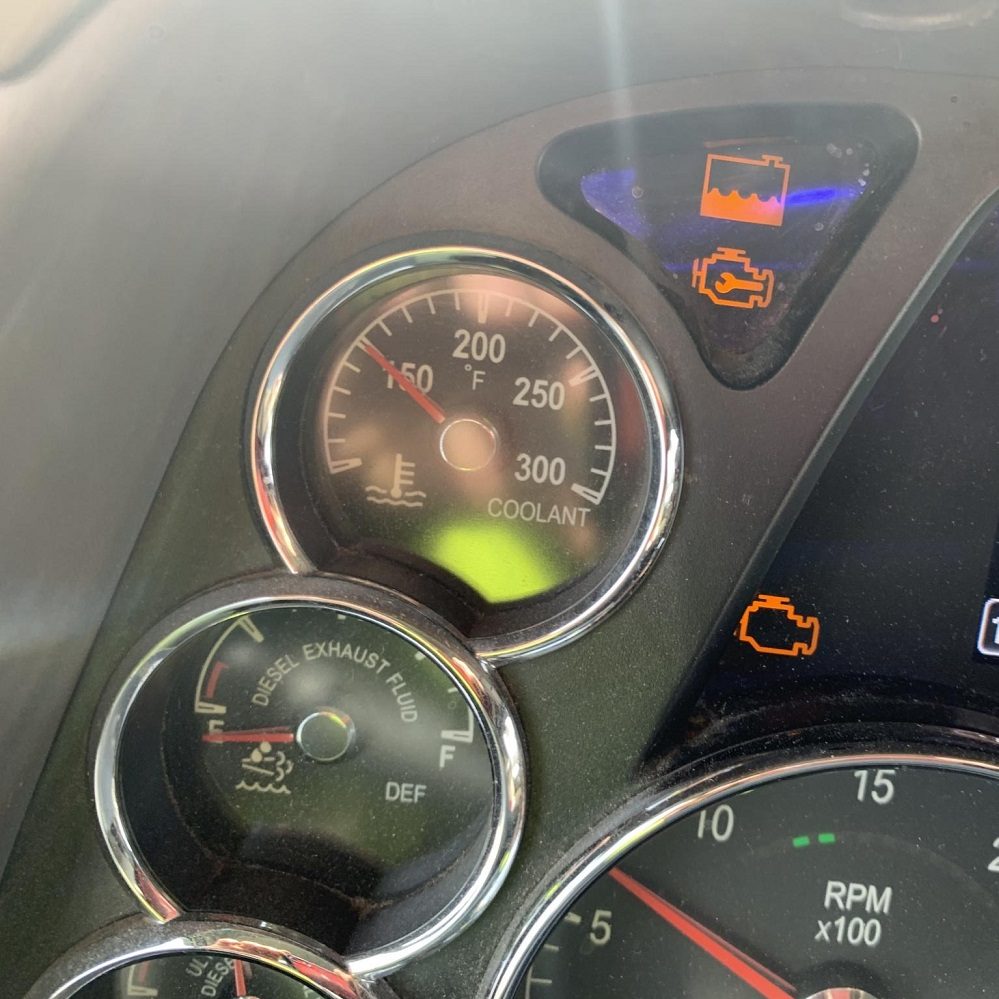
When to Seek Professional Help
Your car’s cooling system is essential for preventing engine damage. While some basic checks can be done independently, there are certain situations where seeking help from a mechanic becomes necessary. Here’s what you need to know:
Identifying Situations Requiring Immediate Mechanic Assistance
Some cooling system problems need expert attention right away. Watch out for these signs:
- Persistent Coolant Light: If your coolant light remains on after refilling, the issue could be severe.
- Overheating Engine: High engine temperatures demand urgent inspection to avoid long-term damage.
- Visible Leaks: Noticeable puddles under your car indicate serious leaks that need fixing.
- Unusual Noises: Strange sounds from the engine may signal issues with your coolant system components.
- Frequent Low Coolant Levels: Recurrent low coolant levels might suggest a hidden leak or system fault.
Ignoring these signs can lead to significant engine problems. Reach out to a professional when faced with such situations.
Expected Repair Costs for Coolant System Issues
Fixing cooling system problems comes with a variety of costs. Here is a general idea:
- Coolant Refills: A simple refill costs between $50-$150, depending on the coolant type.
- Leak Repairs: Fixing leaks can cost $200-$500, based on the location and severity.
- Thermostat Replacement: Replacing a faulty thermostat typically costs $150-$300.
- Radiator Repair or Replacement: Minor fixes might cost $100-$300, while replacement can range from $500-$1000.
- Sensor Repairs: Fixing sensors or electrical issues could cost $100-$400.
Costs can vary due to make and model differences. Getting an estimate from a mechanic ensures no hidden surprises.
Seeking professional help at the right time protects your engine and saves money in the long-term.
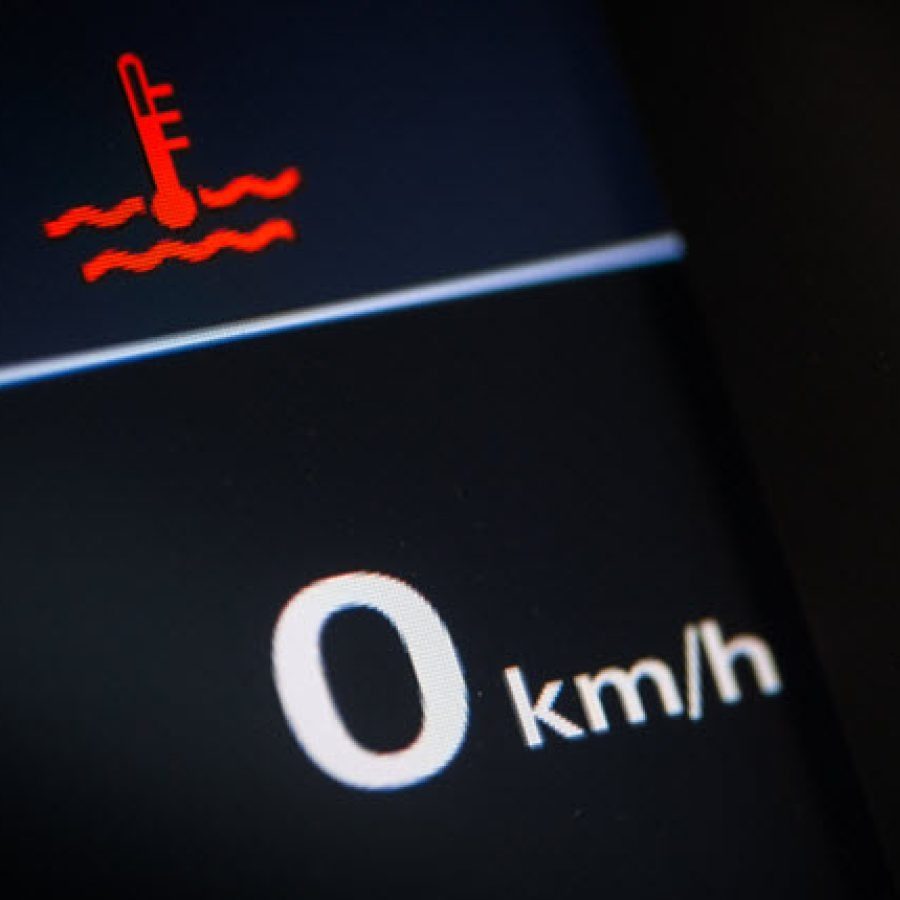
Conclusion
The coolant light in your vehicle serves as an essential warning mechanism for potential issues with the cooling system. Understanding what the light means, along with knowing how to respond, can help prevent serious engine damage.
By recognizing the importance of the cooling system components, conducting regular maintenance, and learning from the automotive community, you can navigate these challenges effectively. Engaging with fellow car enthusiasts and sharing your journey will enhance your experience as a vehicle owner.
When the coolant light illuminates, stay calm and take the necessary steps to address it. This proactive approach will help ensure the longevity and reliability of your vehicle, allowing for many safe and enjoyable journeys in the future. Embrace the opportunities for learning and connection that come with being part of the car community!
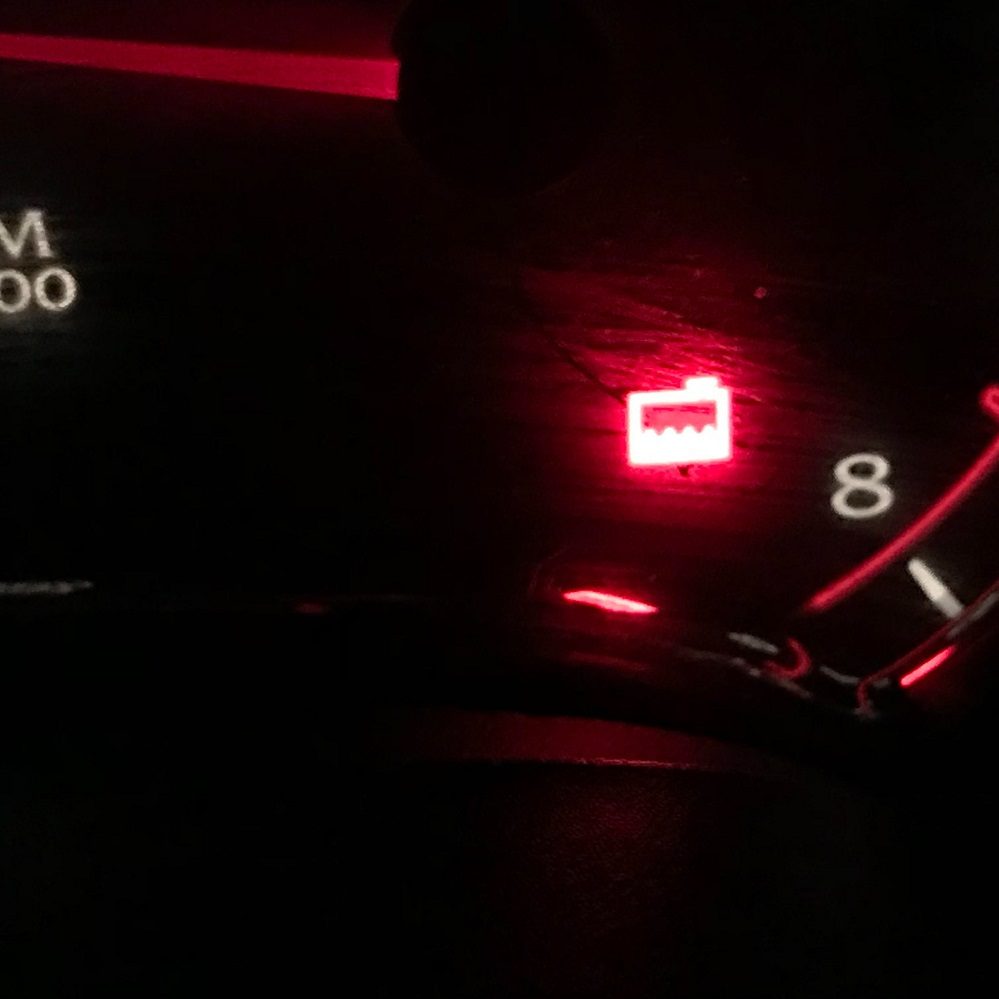
Leave a Reply